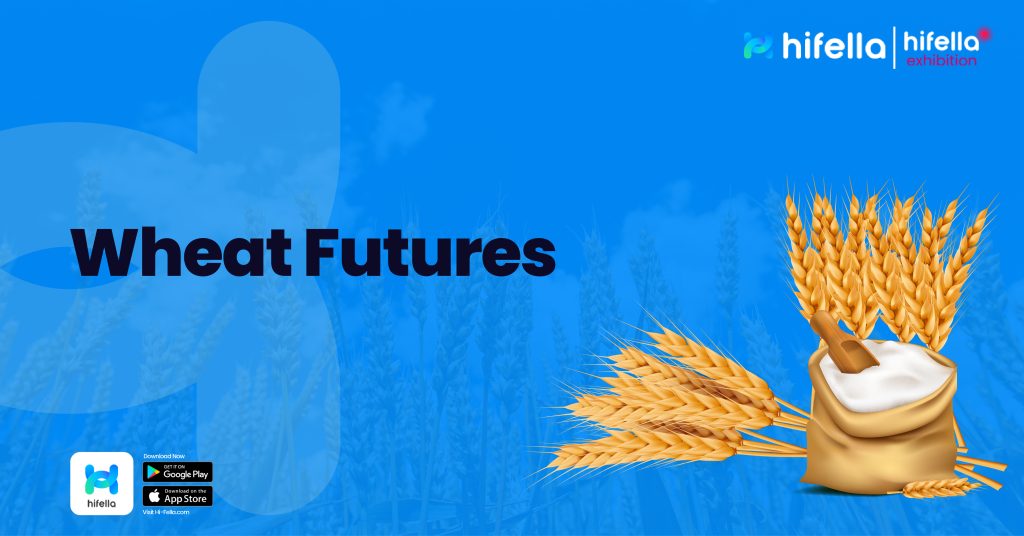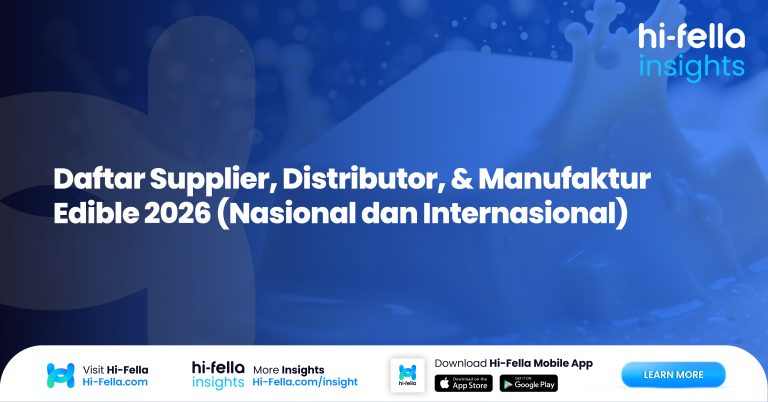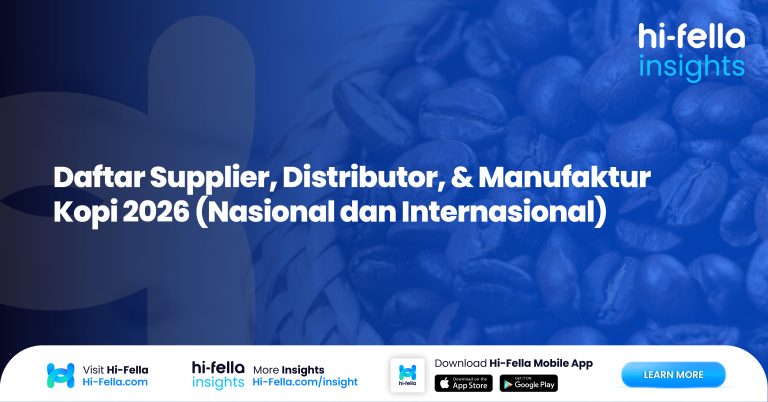Wheat futures are important in farming because they help traders, investors, and farmers deal with price changes. Nowadays, things like climate change, political issues, and problems in the supply chain have made wheat prices less stable.
For example, when the Russia-Ukraine conflict happened, wheat prices went up because people worried there wouldn’t be enough supply. Those who used wheat futures were able to protect themselves from these sudden price increases.
Also, new rules that promote eco-friendly farming might make growing wheat more expensive, which could raise wheat prices. Wheat futures allow people to set a price in advance, giving them some certainty in a market that’s often unpredictable.
In this article, we will help you understand what wheat futures are, how they work, and how you can trade them effectively. Let’s get started!
What Are Wheat Futures?

Source: MarketWatch
Wheat futures are standardized contracts that allow traders to buy or sell a specific amount of wheat at a predetermined price on a future date.
These contracts are traded on futures exchanges, such as the Chicago Board of Trade (CBOT), and are used by both producers and speculators to manage price risks or profit from price changes.
The History and Importance of Wheat Futures in Agriculture
Wheat futures have a long history dating back to the 19th century. They were created to help farmers and buyers stabilize wheat prices, reducing the uncertainty caused by unpredictable weather and market conditions.
Today, wheat futures are a vital tool in the agricultural economy, helping to ensure a stable food supply and providing a means for market participants to hedge against price volatility.
How Wheat Futures Contracts Work: Pricing, Expiration, and Delivery
Wheat futures contracts specify the quality, quantity, and delivery location of the wheat being traded. The price of these contracts is determined by supply and demand factors in the market.
Each contract has a specific expiration date, at which point the contract can be settled either by physical delivery of the wheat or by cash settlement. Most traders close out their positions before the contract expires to avoid the need for actual delivery.
a. Pricing
The price of wheat futures contracts is influenced by how much wheat is available and how much people want it.
Things like weather, crop size, and global events can make prices go up or down. Traders use these contracts to protect themselves from price changes or to make money based on what they think will happen in the market.
b. Expiration
Each wheat futures contract has an expiration date, which is the last day you can trade it. After this date, the contract has to be settled, either by delivering the wheat or by paying the cash equivalent.
Most traders close their contracts before they expire to avoid the hassle of dealing with the actual wheat.
c. Delivery
If a wheat futures contract is held until expiration, it might require the delivery of the actual wheat. The contract specifies where and what kind of wheat needs to be delivered.
However, most traders settle in cash before the delivery date, so they don’t have to deal with the physical wheat.
Key Factors Influencing Wheat Futures Prices

Source: CBC
Several factors can influence the price of wheat futures, including:
- Weather Conditions
Droughts, floods, and other weather events can affect wheat production, leading to price fluctuations. - Global Demand
Changes in global demand for wheat, particularly from large importing countries, can impact prices.
- Geopolitical Events
Political instability, trade policies, and tariffs can disrupt wheat supply chains and influence prices.
- Currency Exchange Rates
Since wheat is traded globally, fluctuations in currency values can also affect wheat futures prices.
Trading Strategies for Wheat Futures
Effectively trading wheat futures requires the use of well-considered strategies that can help you maximize profits and manage risks. Here are some key strategies to consider:
1. Trend Following
Trend following involves identifying and capitalizing on market trends. The idea is to buy wheat futures contracts when prices are rising and sell them when prices start to fall.
The success of this strategy depends on your ability to recognize strong trends and follow them until the trend changes direction.
2. Seasonal Trading
Wheat prices often follow seasonal patterns, with prices rising or falling during specific times of the year. For example, prices might increase after the harvest season ends or decrease when a new harvest begins.
By understanding these seasonal patterns, you can time your buying and selling of wheat futures contracts to take advantage of predictable price movements.
3. Spread Trading
Spread trading involves taking positions in two different futures contracts, such as contracts with different expiration dates or different commodities to profit from the price difference between them. This strategy can help reduce risk, as losses in one position might be offset by gains in the other.
4. Hedging
Hedging is a strategy used by wheat producers or large consumers, like bakeries, to protect themselves against price fluctuations.
By locking in the price of wheat through futures contracts, they can ensure stable purchase or sale prices, regardless of how the market moves. This is especially useful for maintaining stable costs or revenues over time.
Risks and Rewards of Trading Wheat Futures
Trading wheat futures can be rewarding, but it also comes with risks:
Rewards
- Leverage
Futures contracts allow traders to control large quantities of wheat with a relatively small investment, potentially leading to significant profits. - Hedging
Farmers and companies can use wheat futures to hedge against price changes, ensuring stable revenue or costs. - Market Liquidity
Wheat futures markets are highly liquid, making it easy to enter and exit positions.
Risks
- Price Volatility
Wheat prices can be highly volatile due to factors like weather, global demand, and geopolitical events. - Leverage Risks
While leverage can amplify gains, it can also magnify losses, especially if the market moves against your position. - Complexity
Trading futures requires a good understanding of the market and the ability to react quickly to changing conditions.
Take Control of Your Future with Wheat Futures
Wheat futures are an essential part of the agricultural market, offering opportunities for both risk management and profit.
By understanding how they work and what factors influence their prices, traders and investors can make informed decisions and develop effective trading strategies.
Whether you’re a producer looking to hedge against price risks or an investor seeking to diversify your portfolio, wheat futures can be a valuable tool.
Ready to trade wheat futures? Find your wheat suppliers and buyers at Hi-Fella and start managing your risks today!








